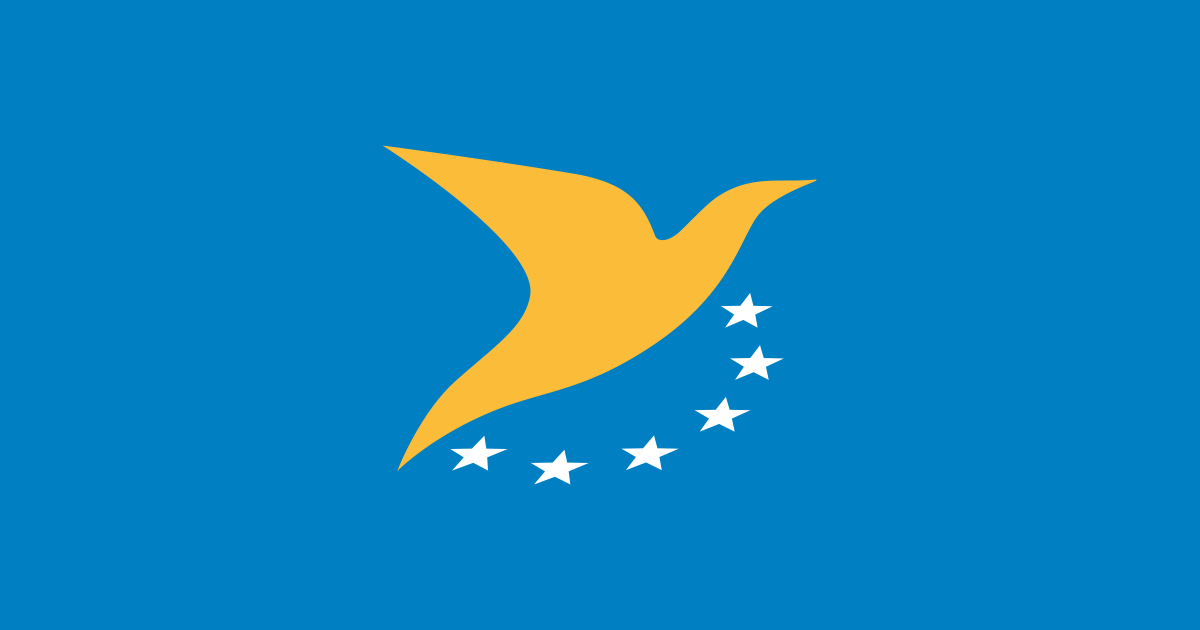Unless I'm interpreting the new regulations wrongly, they will only apply to drones which fall into the new classes C1, C2, C3, C5 and C6. Legacy classes are not specifically mentioned. CAP 1789 is an outline of the new EU regulations which the UK will also be adopting (
https://publicapps.caa.co.uk/docs/33/CAP1789 Edition3 June2020 cor.pdf), due to come into effect at the start of 2021. On P13 it says:
Remote identification
While the sections of the DR relating to Class C1, C2, C3, C5 and C6 unmanned aircraft already describes requirements for these types to be fitted with a ‘direct remote identification’ system, the
IR amendment has now added a requirement from 2 December 2021 that operators in the specific category must ensure that each individual unmanned aircraft is installed with an active and up to date remote identification system. If the unmanned aircraft is not fitted with such a system, details of the requirements for a direct remote identification ‘add-on’ (for separate purchase) are contained in Part 6 of the DR.
Note: the remote identification requirements are security and privacy driven, rather than for safety reasons
DR=Delegated Regulation (
https://eur-lex.europa.eu/legal-content/EN/TXT/PDF/?uri=CELEX:32019R0945&qid=1560241758085&from=EN). The sections in the DR about individual classes specify what the remote identification requirements are. As an example, this is the C1 class requirement:
have a direct remote identification that:
(a) allows the upload of the UAS operator registration number in accordance with Article 14 of Implementing Regulation (EU) 2019/947 and exclusively following the process provided by the registration system;
(b) ensures, in real time during the whole duration of the flight, the direct periodic broadcast from the UA using an open and documented transmission protocol, of the following data, in a way that they can be received directly by existing mobile devices within the broadcasting range:
i the UAS operator registration number;
ii the unique physical serial number of the UA compliant with standard ANSI/CTA-2063;
iii the geographical position of the UA and its height above the surface or take-off point;
iv the route course measured clockwise from true north and ground speed of the UA; and
v the geographical position of the remote pilot or, if not available, the take-off point;
(c) ensures that the user cannot modify the data mentioned under paragraph (b) points ii, iii, iv and v;
The regulations will make it very difficult for people to ignore the rules with new drones that fall into these classes. Interesting to note that there seems to be no requirement for class C0 drones to have this remote identification capability which may make sub-250g drones much more popular.











